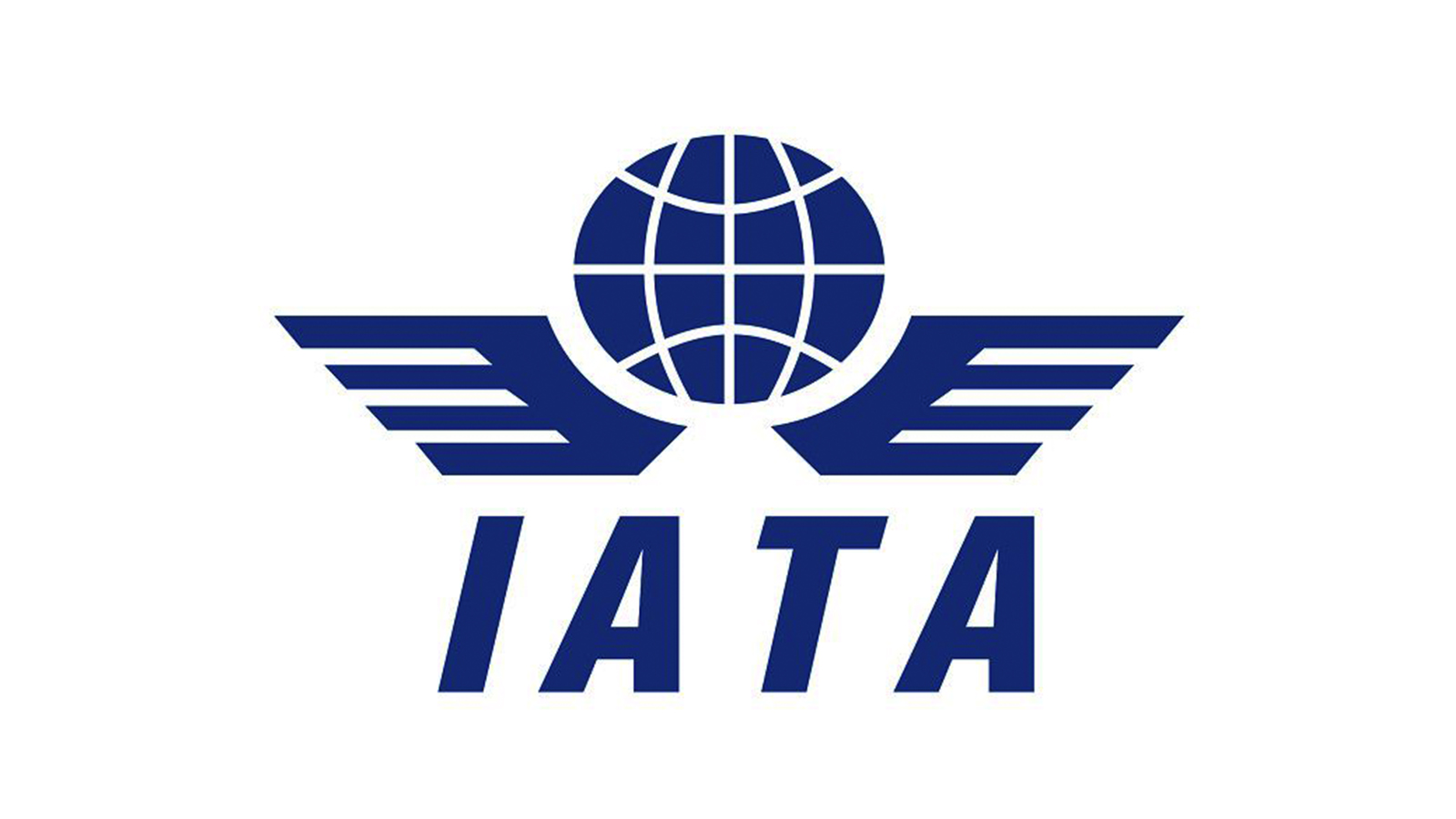KUALA LUMPUR, Dec 5 (NNN-Bernama) — While the near-worldwide lifting of travel restrictions has brought relief to the aviation industry, airlines continue to see threats from inflation, the risk of recession, and foreign exchange volatility that could undermine their recovery process.
Given these ‘uncertainties’, all eyes are set on the International Air Transport Association’s (IATA) stance on the near future of the industry as journalists gather in Geneva this week for the Media Global Day after a two-year hiatus.
Among other things, updates on traffic, cargo, safety as well as sustainability will be closely watched.
The airline industry, which contributes significantly to global connectivity, economy and trade, was hit hard by the COVID-19-triggered travel restrictions but has seen a steady recovery starting late-2021.
IATA said demand for air transport continues to recover despite economic and geopolitical uncertainties; nevertheless, the industry still needs China’s full reopening for international travel to flourish.
For October alone, total traffic as measured in revenue passenger kilometres (RPKs) rose 44.6 per cent year-on-year, and globally, traffic is now at 74.2 per cent of October 2019’s pre-pandemic level.
However, domestic traffic in October 2022 slipped by 0.8 per cent year-on-year (y-o-y) after COVID-19-related travel restrictions in China dampened global figures, with domestic forward bookings remaining at around 70 per cent of the pre-pandemic level.
Meanwhile, international traffic climbed by 102.4 per cent y-o-y, with international RPKs reaching 72.1 per cent of October 2019’s levels as all markets recorded strong growth.
Forward bookings for international travel increased to around 75 per cent of pre-pandemic levels, amid the reopenings announced by multiple Asian economies.
“Traditionally, by October we are into the slower autumn travel season in the Northern Hemisphere, so it is highly reassuring to see demand and forward bookings continuing to be so strong.
“This bodes well for the coming winter season and the ongoing recovery,” said IATA’s director-general Willie Walsh recently.
The Malaysia Aviation Group chief executive officer, Captain Izham Ismail said airlines, including Malaysia Airlines, are seeing rising average fares for both international and domestic markets, driven by pent-up demand, restricted capacities and impact from fuel and currency movement, among others.
This has resulted in a significant increase in the cost of sales over the last three quarters, said Izham, who is also on IATA’s board of governors.
“Anyway, we are focusing on weathering the perfect storm of rising fuel prices and foreign exchange.
“Airlines have to weather the volatility of the global economic situation that we foresee will remain, at least until the end of the third quarter of 2023,’’ he told Bernama.
Despite the cautious stance, airlines are looking forward to ramping up capacity by the fourth quarter of 2022 to 76 per cent of 2019’s level.
On the other hand, air cargo markets continued to be affected by weaker demand in October 2022, with global demand, measured in cargo tonne-kilometers (CTKs), declining by 13.6 per cent y-o-y.
Capacity was 0.6 per cent lower y-o-y, the first y-o-y contraction since April 2022.
However, month-on-month, capacity increased by 2.4 per cent in preparation for the year-end peak season.
— NNN-BERNAMA





